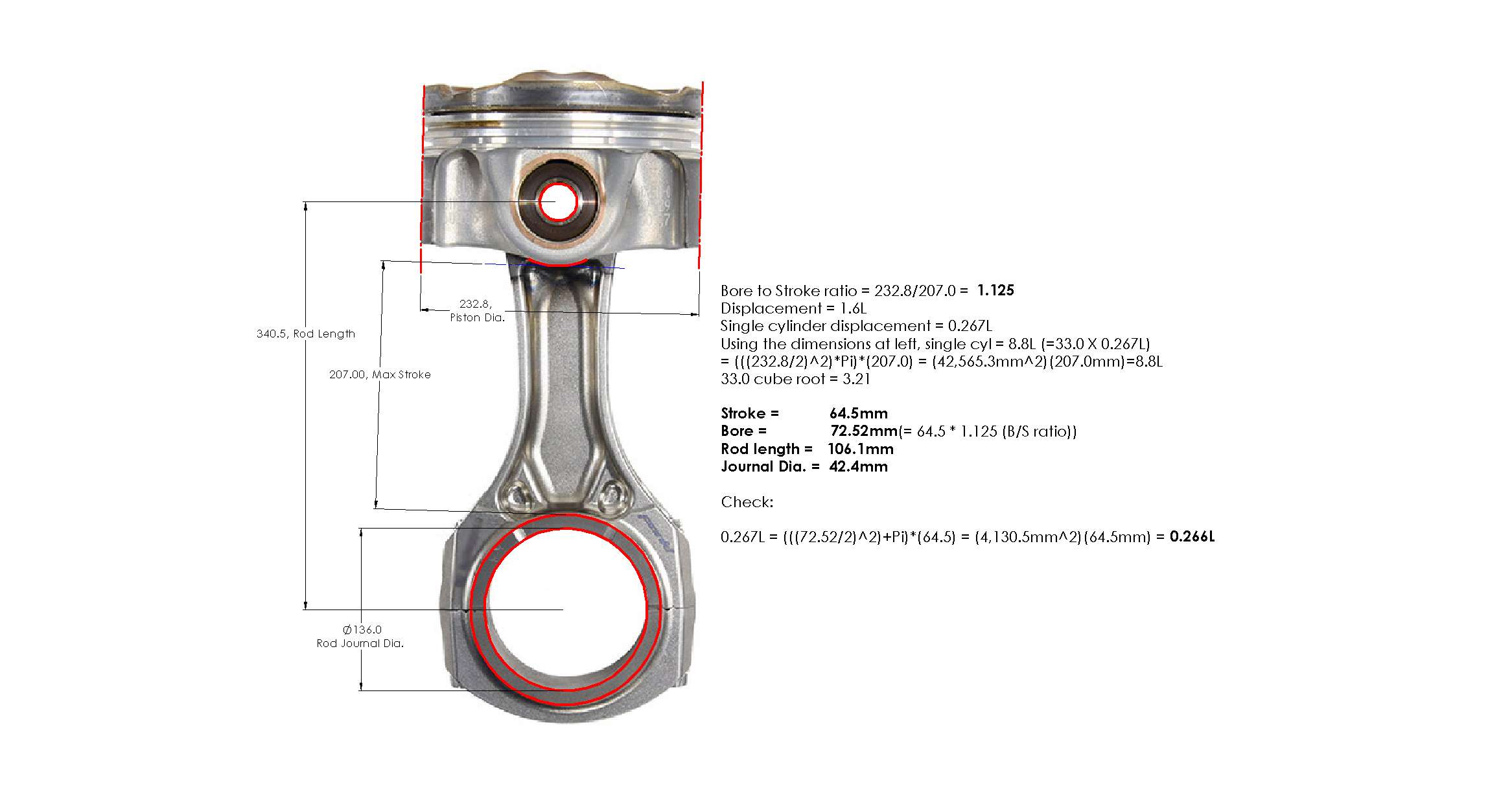- Login or Register
No account yet? Sign up
Is it possible that this PVD process could/would be used successfully and gainfully in a consumer package i.e. consumer road car such as E500 or Lexus ES350 for example, for extended life use up to and over 400K kilometres?e36jon wrote: ↑06 Oct 2018, 18:56Stumbled across an older piece from Kevin Cameron on F1 / MotoGP rod bearing tech: https://www.cycleworld.com/2015/10/23/a ... n-insights Also, I am a big fan of his work and can wholeheartedly recommend all of his books.
The really short version being that they eliminated the separate bearing on the big end altogether by coating the rod surface directly! I had not ever heard that before and I certainly haven't seen (or noticed) said treatment on any of the rods in this thread. His post was from 2015, so relevant for the V8's at least:
In this recent F1 process, a very thin layer of copper-lead is deposited into F1 connecting rods by PVD, or physical vapor deposition. This is a “sputtering” process that moves atoms from a target onto a destination surface by ion bombardment. As you might suspect, this is not an inexpensive affair. Because the resulting layer of bearing material is very thin, it is unusually resistant to fatigue and can carry unit loads up to 17,000 psi, a substantial improvement over usual insert-bearing load capacity.
Anyone out there ever seen one of these pieces? Would love any first-hand experience you care to share...
Jon
Yes e36jon, I couldn't have missed that on your page one. my point was giving some more important details and that Honda actually raced them for two years. there is also interesting development as regards the pistons and their oil cooling jets on that Honda PDF paper. information on such papers are the only solid and official stuff that we can have.e36jon wrote: ↑22 Mar 2019, 18:42Greetings Saviour Stivala
I actually have a few pics of the Honda hollow rods on page one, about half way down. They decided to share a bunch of their F1 tech a while back. Here's a link to the conrod article: http://www.f1-forecast.com/pdf/F1-Files ... P2_34e.pdf
Cheers,
Jon

Why do you think it isn't ?saviour stivala wrote: ↑18 May 2019, 18:24Thanks for your troubles JON. Your computerized calculations greatly reinforced my suspicions that the 2014 torbocharged 1.6l V6 piston/rod assemble shown in that photo/picture as claimed by that Japanese collector’s site does not belong to a 2014 F1 1.6L V6 turbocharged engine.